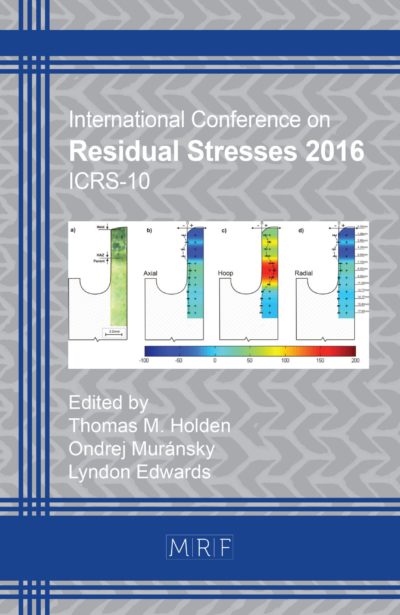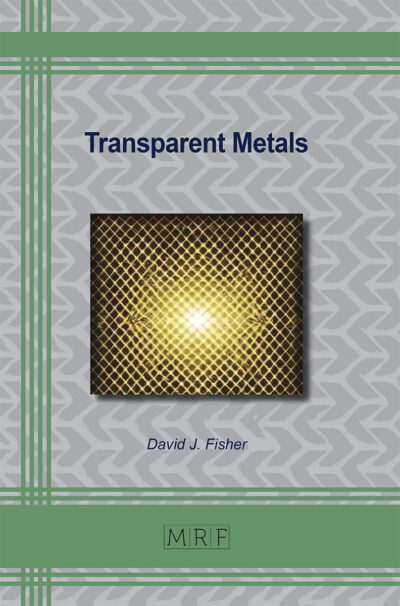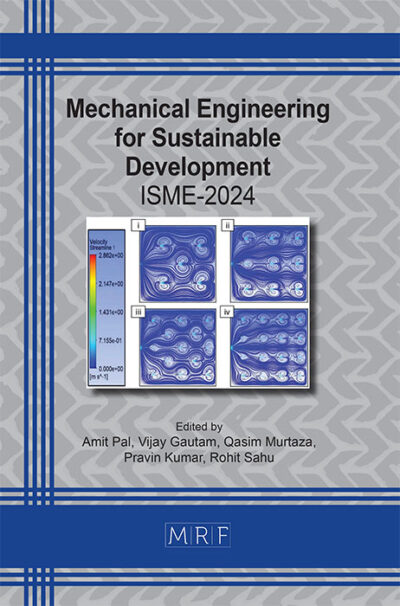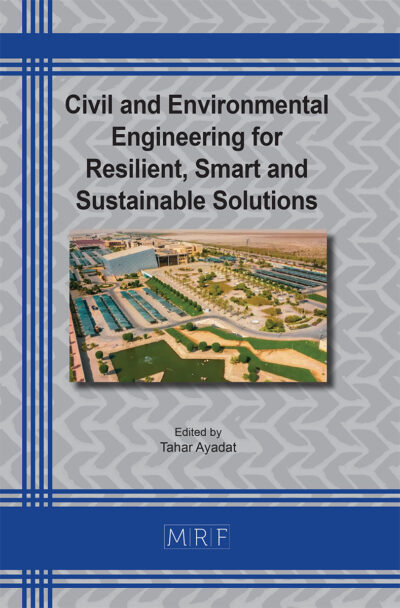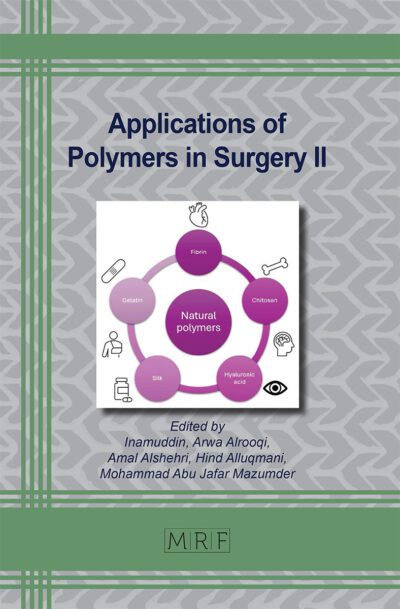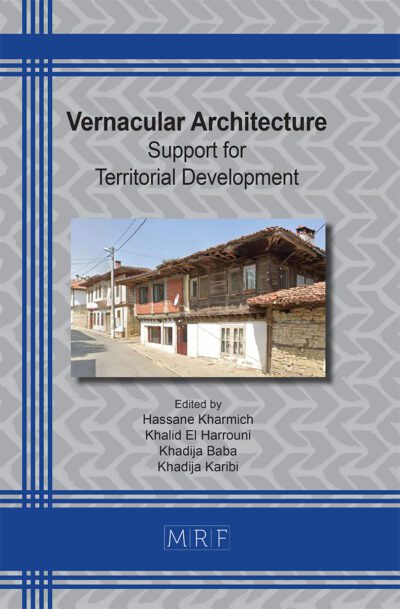Enhancing metro accessibility in Riyadh: Reviewing neighborhood planning to integrate walkable, pedestrian-friendly urban environment design
Aïssa REZZOUG, Muhammed IMRAN, Omar ALMUTAIRI
Abstract. The Riyadh Metro offers a significant opportunity to improve public transportation within the city. However, current pedestrian infrastructure creates challenges for residents to access metro stations, particularly during harsh weather conditions. This paper investigates the challenges and opportunities associated with improving metro accessibility in Riyadh, focusing on enhancing the pedestrian infrastructure to create a more walkable, pedestrian-friendly urban environment. The study identifies critical urban issues such as extreme weather conditions, lack of adequate sidewalks and pavements, and insufficient shading that impede access to metro stations. Leveraging the oversized dimensions of Riyadh’s streets and integrating the ambitious Saudi Green Initiative (SGI) and the Green Riyadh Project, this paper proposes practical solutions to enhance pedestrian accessibility and comfort. Through a detailed case study of the metro station located at the intersection of Prince Mohammed ibn Salman ibn Abdulaziz Road and Uthman ibn Affan Road, covering An-Nada, Al-Wadi, Al-Falah, and Imam University Districts, the study highlights the significant barriers to pedestrian access and offers strategic recommendations to overcome these challenges. The proposed measures include widening sidewalks, planting shade trees, ensuring safe crossings, and implementing urban planning policies that prioritize pedestrian infrastructure. By addressing these issues, the paper aims to make metro usage more feasible and attractive, contributing to a more resilient, smart, and sustainable urban future in Riyadh. The findings and recommendations align with the broader objectives of the Saudi Vision 2030, promoting sustainable transportation and enhancing the quality of life for Riyadh’s residents.
Keywords
Riyadh Metro, Pedestrian Infrastructure, Accessibility, Sustainability, Urban Planning, Sidewalk and Pavement Design, Pedestrian Comfort, Shade Trees and Urban Greening
Published online 2/25/2025, 11 pages
Copyright © 2025 by the author(s)
Published under license by Materials Research Forum LLC., Millersville PA, USA
Citation: Aïssa REZZOUG, Muhammed IMRAN, Omar ALMUTAIRI, Enhancing metro accessibility in Riyadh: Reviewing neighborhood planning to integrate walkable, pedestrian-friendly urban environment design, Materials Research Proceedings, Vol. 48, pp 519-529, 2025
DOI: https://doi.org/10.21741/9781644903414-57
The article was published as article 57 of the book Civil and Environmental Engineering for Resilient, Smart and Sustainable Solutions
![]() Content from this work may be used under the terms of the Creative Commons Attribution 3.0 license. Any further distribution of this work must maintain attribution to the author(s) and the title of the work, journal citation and DOI.
Content from this work may be used under the terms of the Creative Commons Attribution 3.0 license. Any further distribution of this work must maintain attribution to the author(s) and the title of the work, journal citation and DOI.
References
[1] D. J. T. p. Banister, “The sustainable mobility paradigm,” vol. 15, no. 2, pp. 73-80, 2008. https://doi.org/10.1016/j.tranpol.2007.10.005
[2] M. Ignaccolo, G. Inturri, N. Giuffrida, M. Le Pira, and V. Torrisi, “Structuring transport decision-making problems through stakeholder engagement: the case of Catania metro accessibility,” in Transport Infrastructure and Systems: CRC Press, 2017, pp. 919-926. https://doi.org/10.1201/9781315281896-118
[3] A. Hull, C. Silva, and L. J. C. A. G. S. Bertolini, Portugal, “Accessibility instruments for planning practice in Europe,” 2012.
[4] L. C. L. P. Puello and K. T. Geurs, “Adaptive stated choice experiment for access and egress mode choice to train stations,” in World Symposium on Transport and Land Use Research 2014.
[5] K. Geurs and B. van Wee, “Accessibility: perspectives, measures and applications,” in The transport system and transport policy: An introduction: Edward Elgar, 2023, pp. 178-199.
[6] M. Keijer, P. J. T. p. Rietveld, and technology, “How do people get to the railway station? The Dutch experience,” vol. 23, no. 3, pp. 215-235, 2000. https://doi.org/10.1080/03081060008717650
[7] H. Lin, G. Sun, R. J. S.-T. I. i. G. Li, G. R. F. i. t. US, and China, “The influence of built environment on walking behavior: measurement issues, theoretical considerations, modeling methodologies and Chinese empirical studies,” pp. 53-75, 2015. https://doi.org/10.1007/978-94-017-9205-9_5
[8] K. K. J. I. J. o. A. Jou and E. Engineering, “Pedestrian areas and sustainable development,” vol. 5, no. 5, pp. 228-235, 2011.
[9] A. Kathuria, B. G. Rajendran, M. Parida, and C. R. J. I. o. T. E. I. J. Sekhar, “Examining walk access to BRT stations: A case study of Ahmedabad BRTs,” vol. 89, no. 5, pp. 43-49, 2019.
[10] G. Bivina, A. Gupta, M. J. S. C. Parida, and Society, “Walk accessibility to metro stations: An analysis based on meso-or micro-scale built environment factors,” vol. 55, p. 102047, 2020. https://doi.org/10.1016/j.scs.2020.102047
[11] A. L. Erath, M. A. Van Eggermond, S. A. Ordóñez Medina, and K. W. Axhausen, “Modelling for Walkability: Understanding pedestrians’ preferences in Singapore,” in 14th international conference on travel behavior research (IATBR 2015), 2015: IVT, ETH Zurich.
[12] A. Gupta, G. Bivina, and M. J. T. p. Parida, “Does neighborhood design matter for walk access to metro stations? An integrated SEM-Hybrid discrete mode choice approach,” vol. 121, pp. 61- 77, 2022. https://doi.org/10.1016/j.tranpol.2022.03.010
[13] R. Pueboobpaphan, S. Pueboobpaphan, and S. J. J. o. t. g. Sukhotra, “Acceptable walking distance to transit stations in Bangkok, Thailand: Application of a stated preference technique,” vol. 99, p. 103296, 2022. https://doi.org/10.1016/j.jtrangeo.2022.103296
[14] N. Ujang, K. J. P.-S. Zakariya, and B. Sciences, “Place Attachment and the Value of Place in the Life of the Users,” vol. 168, pp. 373-380, 2015. https://doi.org/10.1016/j.sbspro.2014.10.243
[15] R. Gkavra, D. Nalmpantis, E. Genitsaris, and A. Naniopoulos, “The walkability of Thessaloniki: citizens’ perceptions,” in Conference on Sustainable Urban Mobility, 2018, pp. 191- 198: Springer. https://doi.org/10.1007/978-3-030-02305-8_23
[16] T. Vural Arslan, S. Durak, F. Dizdar Gebesce, and B. J. I. J. o. T. C. Balcik, “Assessment of factors influencing walkability in shopping streets of tourism cities: case of Bursa, Turkey,” vol. 4, no. 3, pp. 330-341, 2018. https://doi.org/10.1108/IJTC-11-2017-0071
[17] Google Map 2024, https://www.google.com/maps/@24.8039803,46.6973846,15z?authuser=0&entry=ttu
[18] Alriyadh Geoportal 2024, https://mapservice.alriyadh.gov.sa/geoportal/geomap.
[19] SGI (2023). Environmental Sustainability Goals. Website of the Saudi Green Initiative: https://www.vision2030.gov.sa/en/projects/saudi-green-initiative/
[20] RCRC (2024). Green Riyadh Project. Web site of the Royal Commission for Riyadh City: https://www.rcrc.gov.sa/en/projects/green-riyadh-project.
[21] RCRC (2023). Urban Development Management Plan. Web site of the Royal Commission for Riyadh City: https://www.rcrc.gov.sa/en/strategic/urban-development-management-plan
[22] Levinson, D. (2015). Access to transit: Planning for a just and sustainable future. Island Press.
[23] International Journal of Urban and Regional Research. (2021). Urban Infrastructure and Public Transportation Accessibility.
[24] Reid Ewing and Robert Cervero (2010): Travel and the Built Environment A Meta-Analysis. Journal of the American Planning Association. Volume 76, 2010 – Issue 3. https://doi.org/10.1080/01944361003766766
[25] Design Walkable Urban Thoroughfares (2010): A Context Sensitive Approach. An ITE Recommended Practice, Institute of Transportation Engineers. Congress for the New Urbanism 2010.


